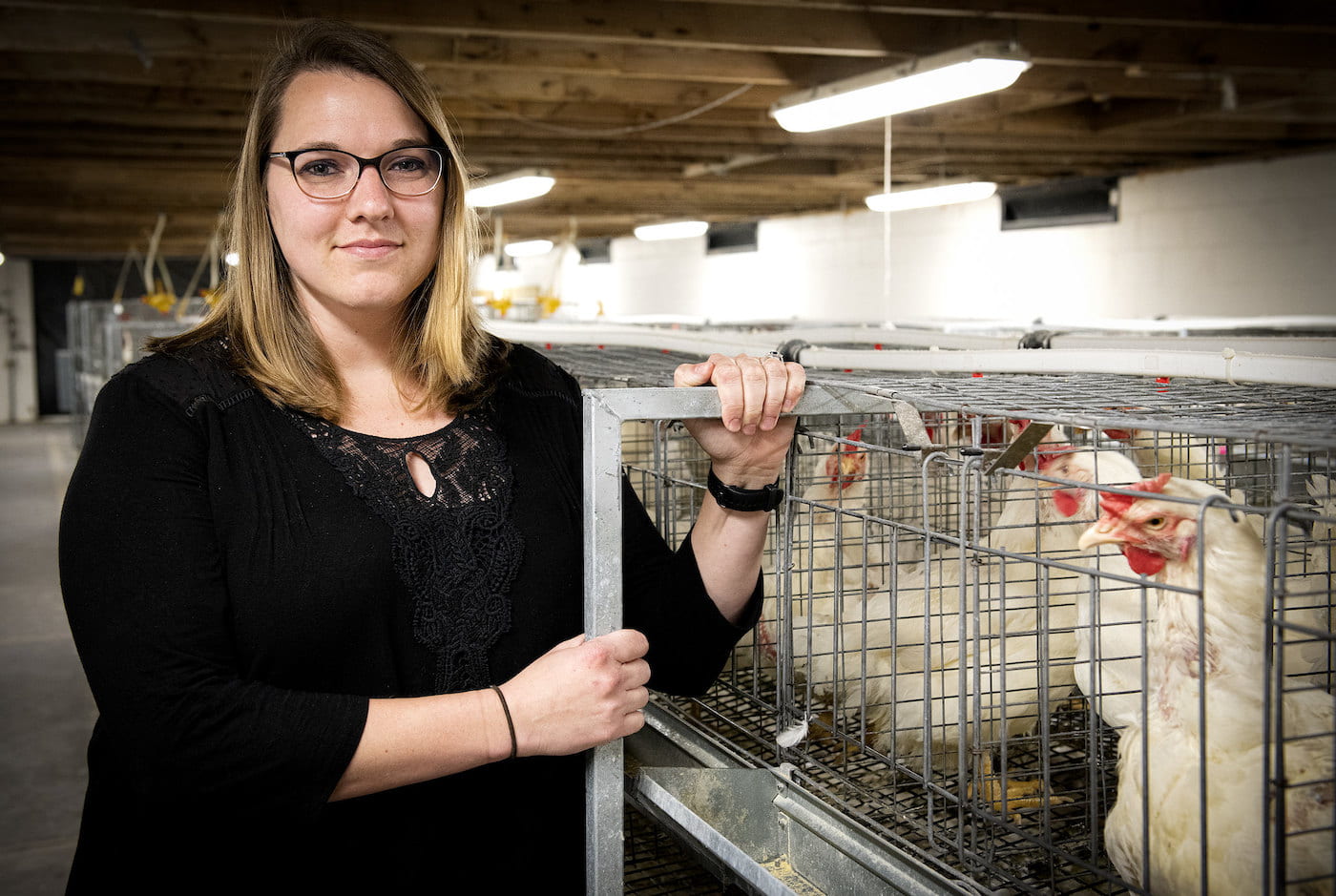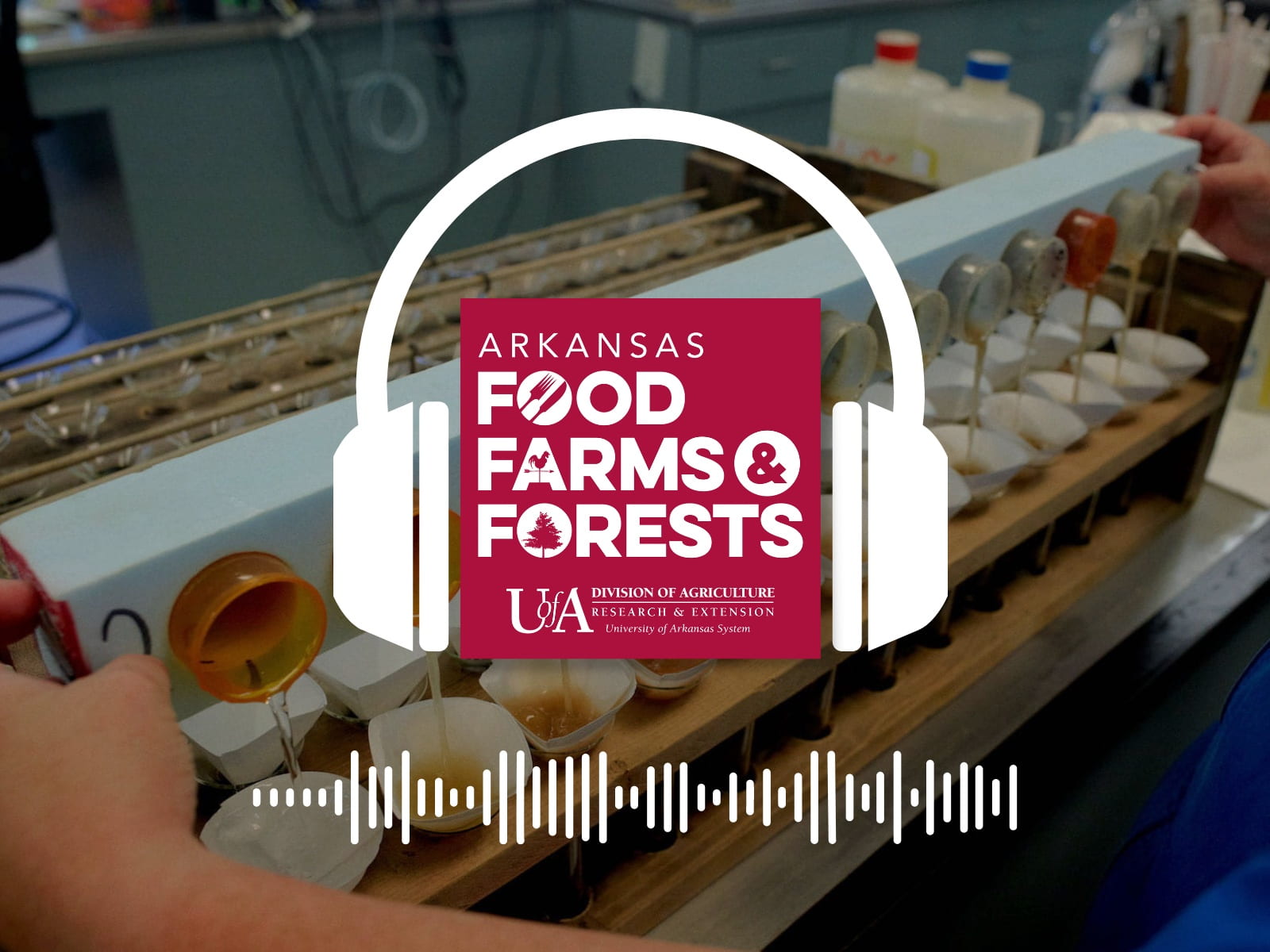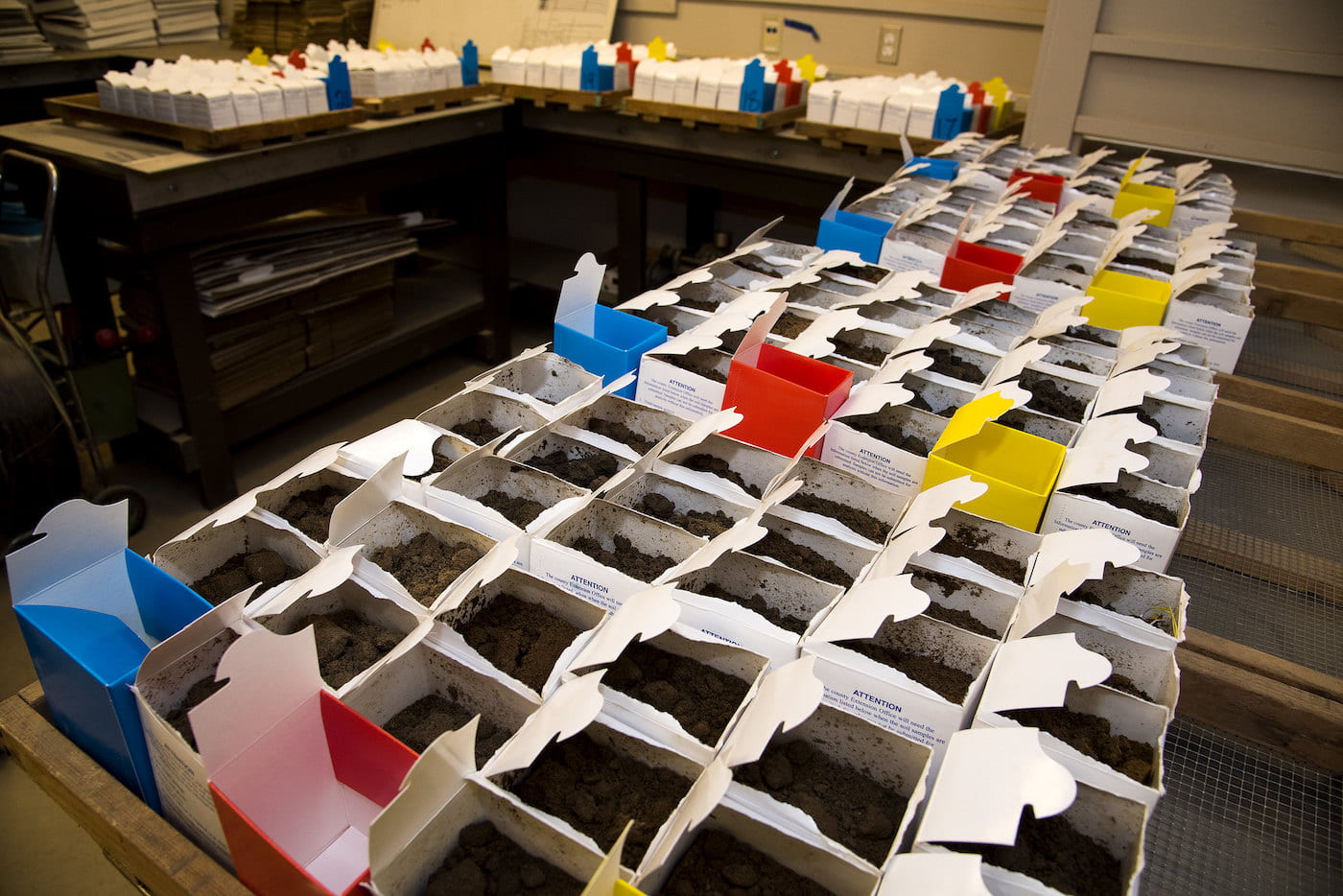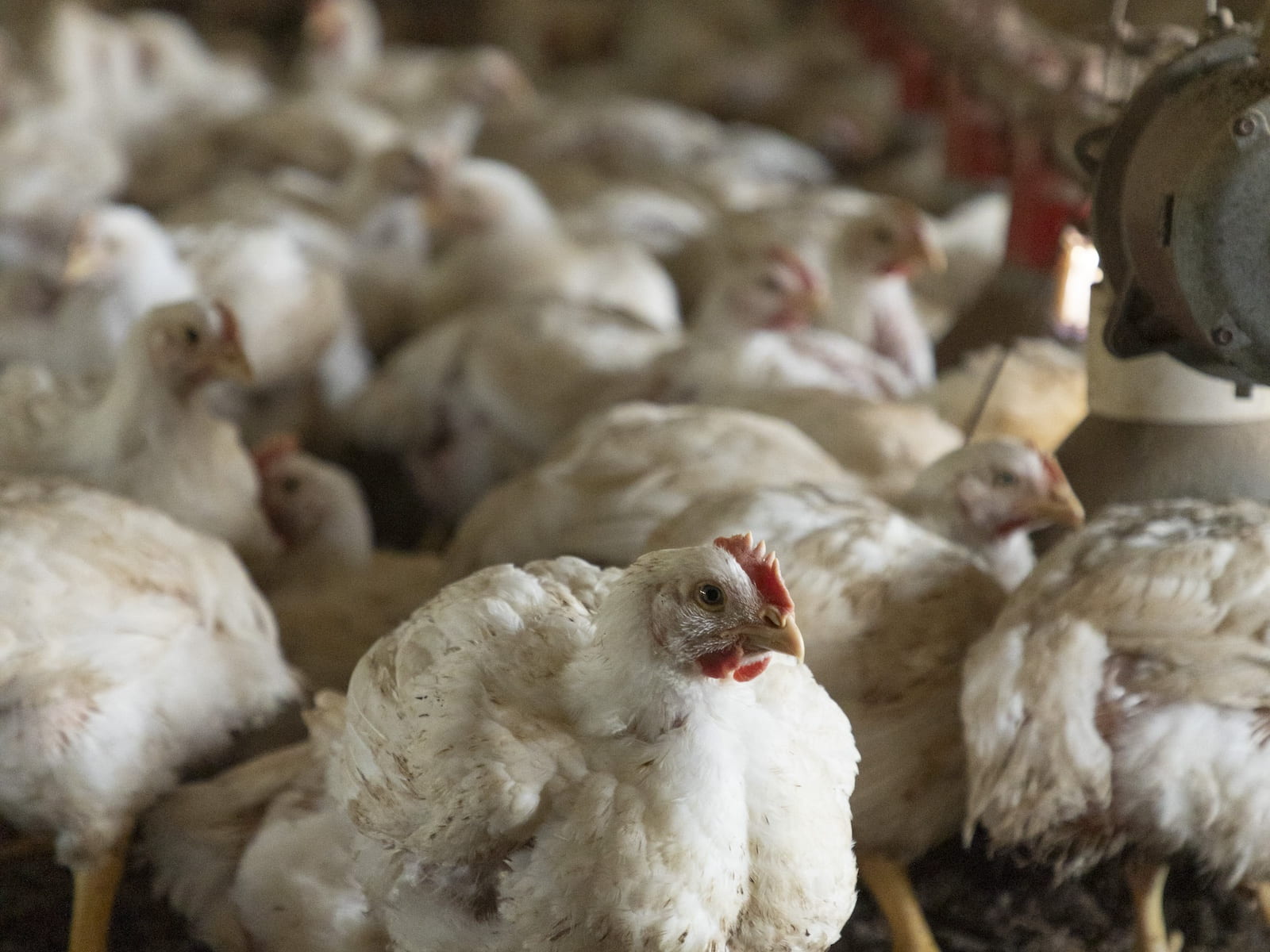Students in New Brewing Class and Certificate Program Unveil Crafted Beers
Hops from Fruit Research Station in Clarksville used as bittering for IPA
By Robby Edwards – Jan. 19, 2024

FAYETTEVILLE, Ark. — University of Arkansas students in multiple disciplines presented beers they crafted in a new brewing course last fall, some using ingredients grown or developed by the Arkansas Agricultural Experiment Station.
The students from BREW 4573/5573 Beer Production and Analysis are taught by assistant professor of food chemistry Scott Lafontaine in the department of food science.
Lafontaine is a faculty member in the Dale Bumpers College of Agricultural, Food and Life Sciences and a researcher and scientist with the Arkansas Agricultural Experiment Station, the research arm of the University of Arkansas System Division of Agriculture. He discussed how they designed, produced and analyzed their beers.
The goal of the course was for students to pick a style from the style guidelines outlined by the Brewer’s Association, develop a recipe, brew the recipe in the U of A Beverage Development Facility and then analyze the beer produced to see how closely they came to the end targets they expected.
These guidelines encompass alcohol by volume, color ranges and bitterness.
“The presented beers truly highlighted the different levers and tools brewers have at their disposal,” Lafontaine said. “Thanks to support from Brewer’s Supply Group and HopSteiner, we had excellent raw materials to design and innovate with, and the students did an amazing job.”
The students created the following beers:
- IPA, dry-hopped with Canadian RedVine harvested at the Fruit Research Station in Clarksville, and an IPA with Citra by Bernardo Guimaraes, Ph.D. student, food science.
- Oatmeal Stout, “Roasted Revelry Stout” by Larissa Morley, horticulture.
- American-Adjunct Lager, made with ARoma 22 rice developed by the Arkansas Agricultural Experiment Station, “Southern Sipper,” by Matthew Aitkens, microbiology.
- Berliner Weisse style, “Berliner Bliss” by Spencer Cullins, food science.
“Spencer made a Berliner Weisse, where she kettle-soured a beer for 24 hours using lactic acid bacteria, similar to the process of making yogurt,” Lafontaine said. “Then, it was boiled and fermented. Matthew crafted an American-Adjunct Lager with ARoma 22 rice. Bernardo delved into the aroma quality of red bine hops, grown at the (fruit research) experiment station in Clarksville. Larissa brewed an oatmeal stout to investigate the impact of a hot mash on the mouthfeel of the beer. During the event, they shared what they learned and how they designed, brewed and analyzed their beers.”
Some of the students are enrolled in the Certificate of Proficiency in Brewing Science program, housed in Bumpers College. The certificate program includes Beer Production and Analysis as a major requirement. The certificate program is designed for current U of A students or industry professionals interested in a theoretical and practical introduction to brewing and fermentation. It prepares them for careers in brewing, operations, packing, quality control, distribution and more. The program requires 15 hours of coursework and an internship in the brewing industry for direct experience.
To learn more about Division of Agriculture research, visit the Arkansas Agricultural Experiment Station website: https://aaes.uada.edu. Follow us on 𝕏 at @ArkAgResearch and Instagram at @ArkAgResearch.
To learn about Extension Programs in Arkansas, contact your local Cooperative Extension Service agent or visit https://uaex.uada.edu/. Follow us on 𝕏 at @AR_Extension.
To learn more about the Division of Agriculture, visit https://uada.edu/. Follow us on 𝕏 at @AgInArk.
About the Division of Agriculture
The University of Arkansas System Division of Agriculture’s mission is to strengthen agriculture, communities, and families by connecting trusted research to the adoption of best practices. Through the Agricultural Experiment Station and the Cooperative Extension Service, the Division of Agriculture conducts research and extension work within the nation’s historic land grant education system.
The Division of Agriculture is one of 20 entities within the University of Arkansas System. It has offices in all 75 counties in Arkansas and faculty on five system campuses.
The University of Arkansas System Division of Agriculture offers all its Extension and Research programs and services without regard to race, color, sex, gender identity, sexual orientation, national origin, religion, age, disability, marital or veteran status, genetic information, or any other legally protected status, and is an Affirmative Action/Equal Opportunity Employer.




